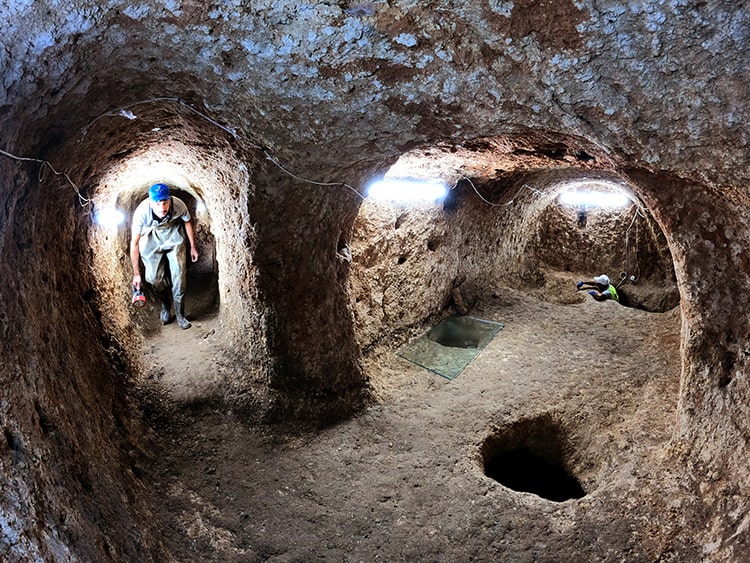
Traces of humans dating back 86,000 years have been found in the Inkaya Cave in Çanakkale
During excavations in the Inkaya Cave located within the boundaries of Bahadırlı village, which is part of the Çan district of Çanakkale, traces of human habitation dating back to 86,000 years ago were discovered. Various artifacts such as flakes, scrapers, burins, points, notched tools, cores, and hammerstones, all made from flint, were unearthed during the
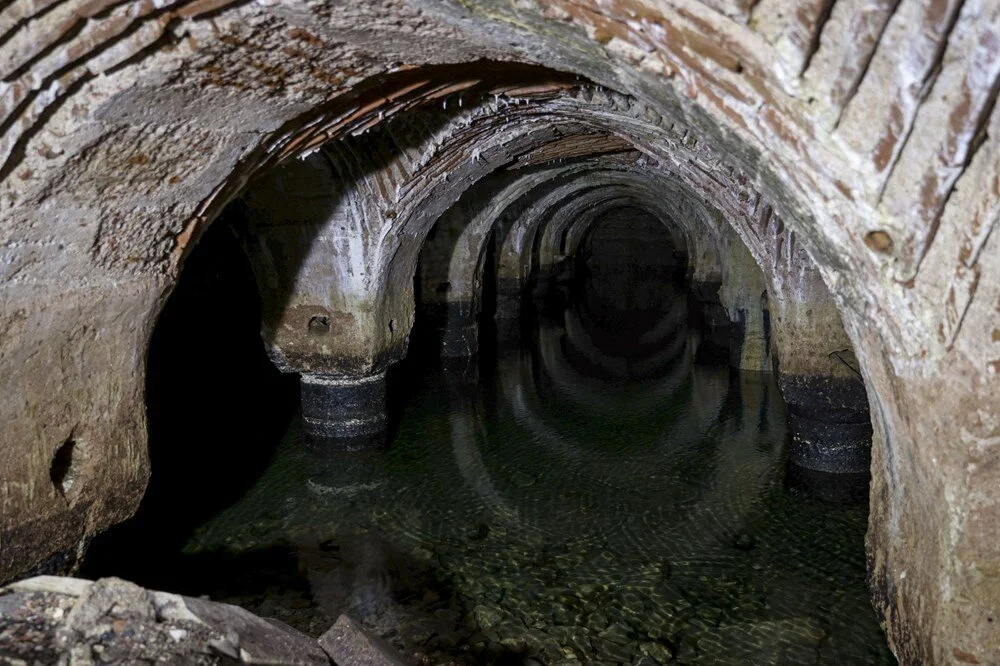
The Karadeniz Medrese cistern, which supplied water to Istanbul during the Byzantine period, is being unearthed
One of the many cisterns, similar to the Basilica Cistern, that fulfilled Istanbul’s water needs during the Byzantine period, the Karadeniz Medrese Cistern, will be brought to light. Located under the Fatih Mosque, the Black Sea Madrasa Cistern with 43 columns is 51 meters long. The cistern is located on the historical peninsula known as
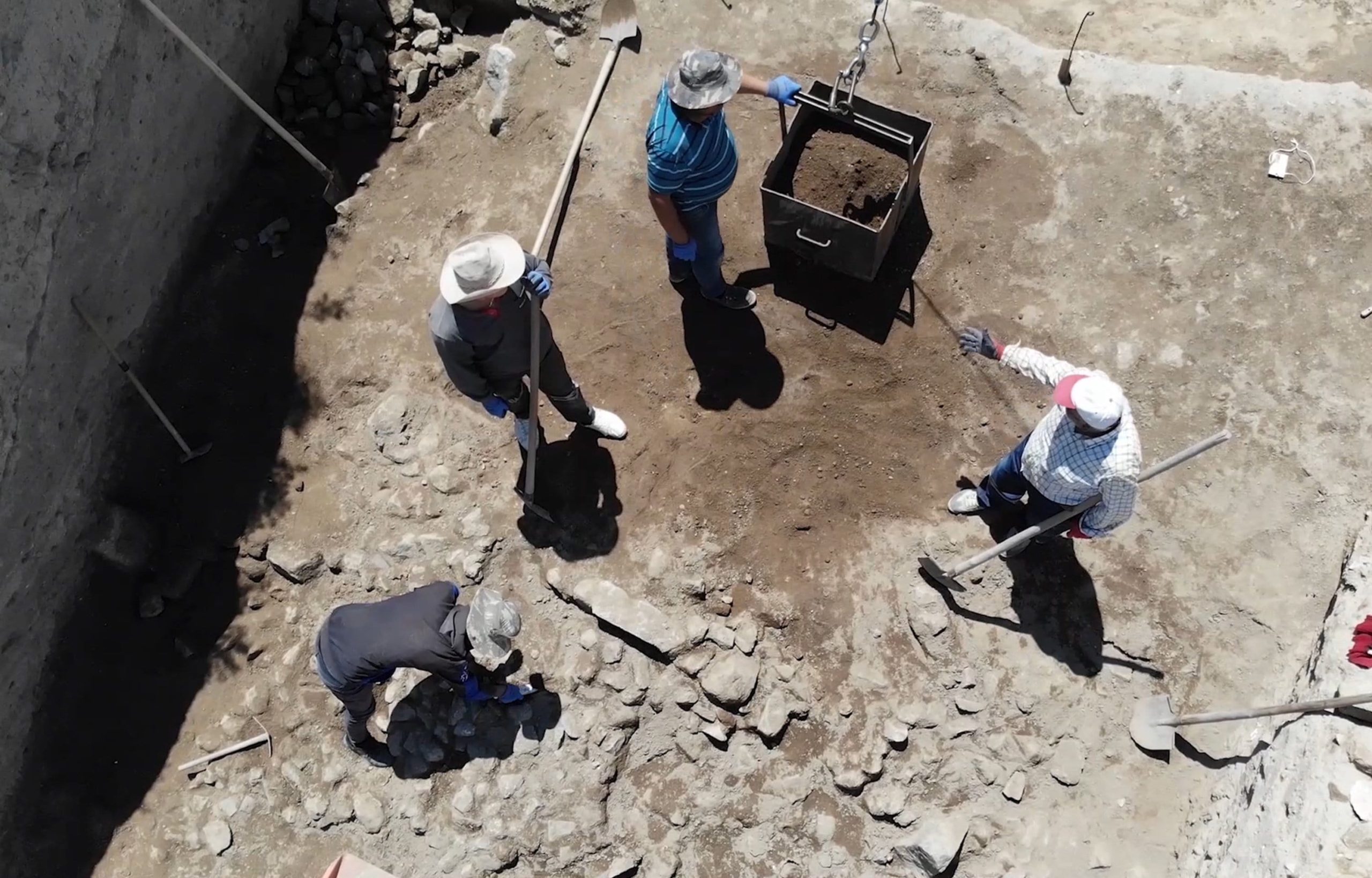
Japanese archaeologists have revealed that Büklükale was the first settlement of the ancient nomadic people, the Cimmerians, in Anatolia
Japanese archaeologists have found evidence indicating that Büklükale village, located in Kırıkkale, Turkey, was the earliest settlement of the ancient nomadic people known as the Cimmerians in Anatolia. The excavations of Büklükale, consisting of two archaeological areas known as the ‘Lower City’ and the ‘Upper City’ located in the Karakeçili district of Kırıkkale, are being
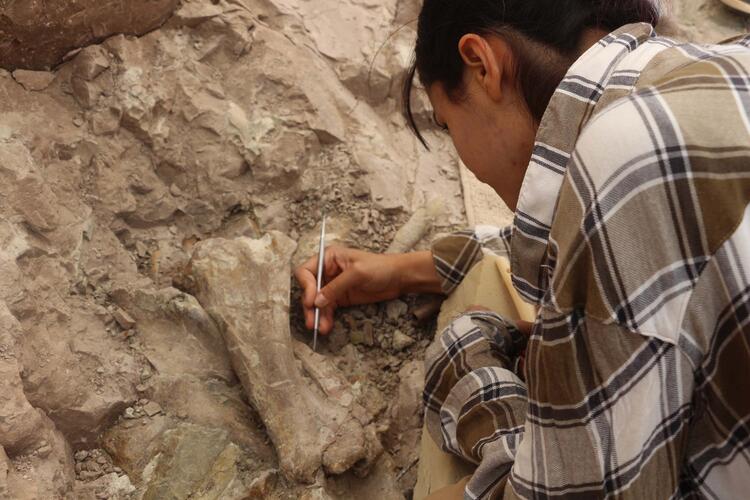
At the Çorakyerler excavations, 100 fossils dating back 8.5 million years were uncovered
In the “Çorakyerler Vertebrate Fossil Locality” in Çankırı, approximately 8.5 million-year-old 100 fossils belonging to vertebrate animals were discovered during excavation works. The excavations at the Çorakyerler Vertebrate Fossil Locality are being conducted under the leadership of Prof. Dr. Ayla Sevim Erol, the head of the Department of Anthropology at Ankara University, Faculty of Languages,
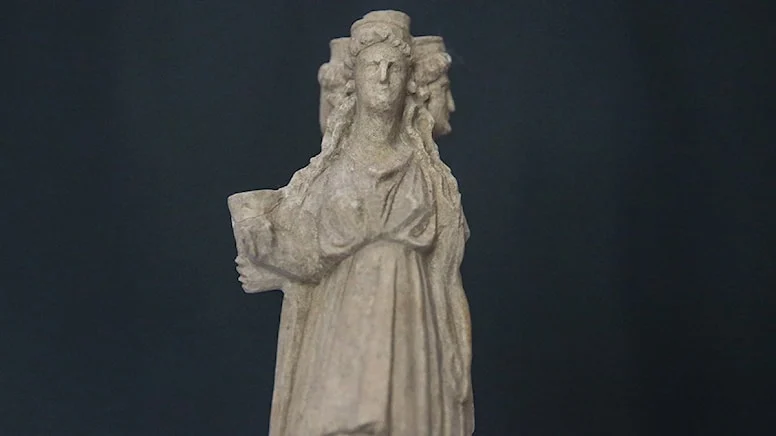
A 2,300-year-old triple-headed goddess Hecate figurine was found in the ancient city of Kelenderis
In the ongoing excavation works at the ancient city of Kelenderis, which includes a Roman-era bath, an odeion (a place for musical activities), a basilica-style church, and mosaics, a figurine of the triple-headed goddess Hecate was discovered. Kelenderis Ancient City is a significant historical settlement located within the boundaries of the Erdemli district in the

How did the non-seafaring Hittites of the Bronze Age maintain control over Eastern Mediterranean trade?
During the Bronze Age, Anatolia possessed significant overland trade routes. The trade colonies established by Assyrian merchants formed the main arteries of trade in the 2nd millennium BC. These Assyrian traders transported goods from Mesopotamia to the western reaches of Anatolia through trade routes, contributing to the development of commerce. Notably, the Assyrian traders not

Gökhöyük might possess a settlement that will shed light on the 7000-year history of Central Anatolia
Gökhöyük, located in the Seydişehir district of Konya province, is believed to have a settlement dating back to the 7th millennium BC. During the rescue excavations carried out at Gökhöyük between 2022 and 2005, structures such as houses, walls, and burial areas were uncovered, along with various artifacts including pottery, tools, and metal objects. The
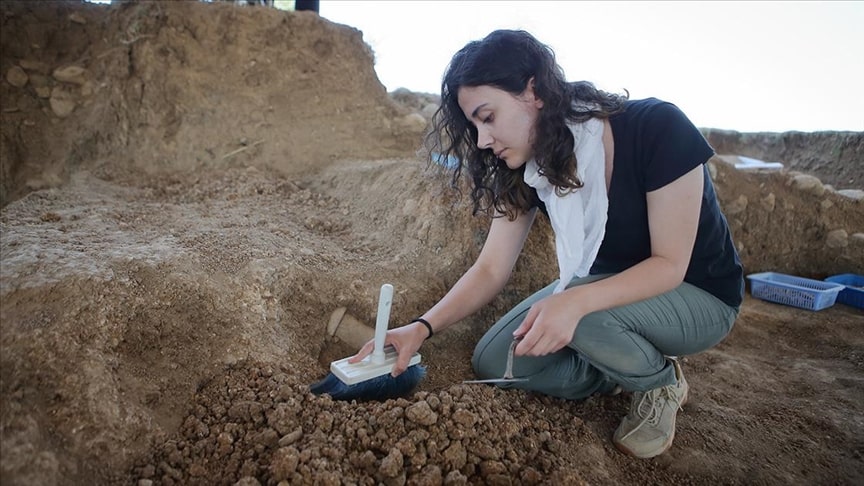
The borders of the Hittite city of Şapinuva are determining by 3300-year-old workshops
The boundaries of the second significant administrative center, the city of Sapinuva, established by the Hittites, who were the first centralized state in Anatolia is determining through workshops called “işlik” spanning 3300 years. In Şapinuva, which was the capital of the Hittite empire for a period, work continues in the two workshops that were unearthed
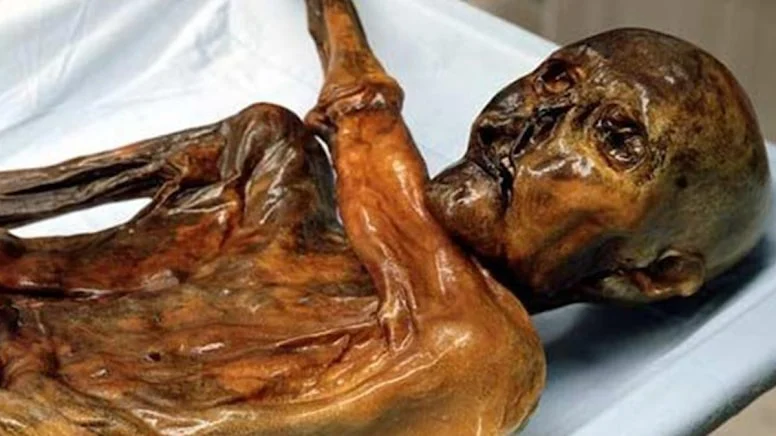
New research shows that Ötzi the Iceman had dark skin, a bald head, and Anatolian origins
A recent study on Ötzi, the ice man found in the Alps in 1991 and dated to 3300-3100 BC, revealed that Ötzi has Anatolian origins. The body of Ötzi, extracted from within an ice sheet on the Similaun Mountain located on the border of Italy and Austria, was remarkably well-preserved. The studies and analyses conducted

